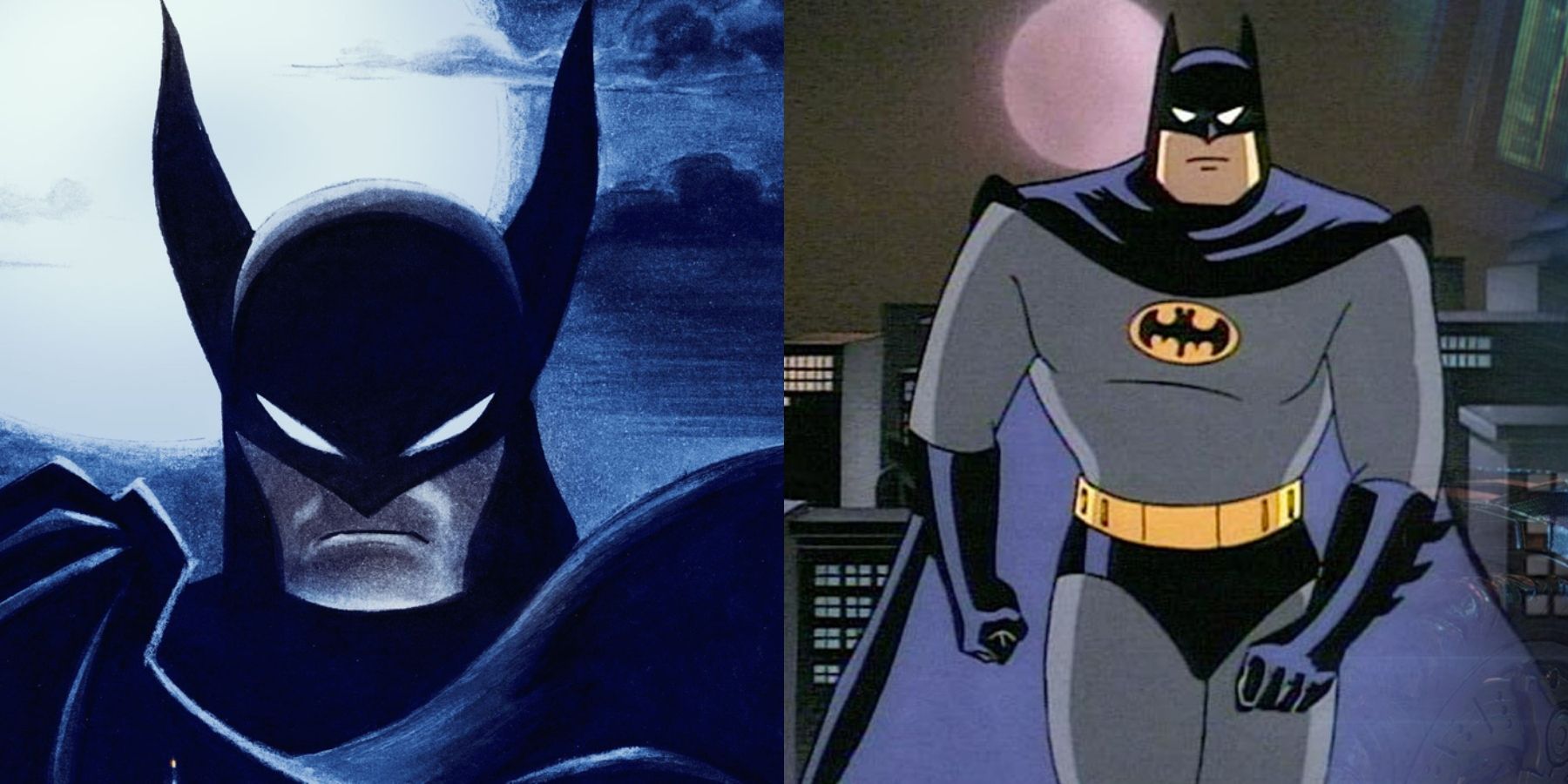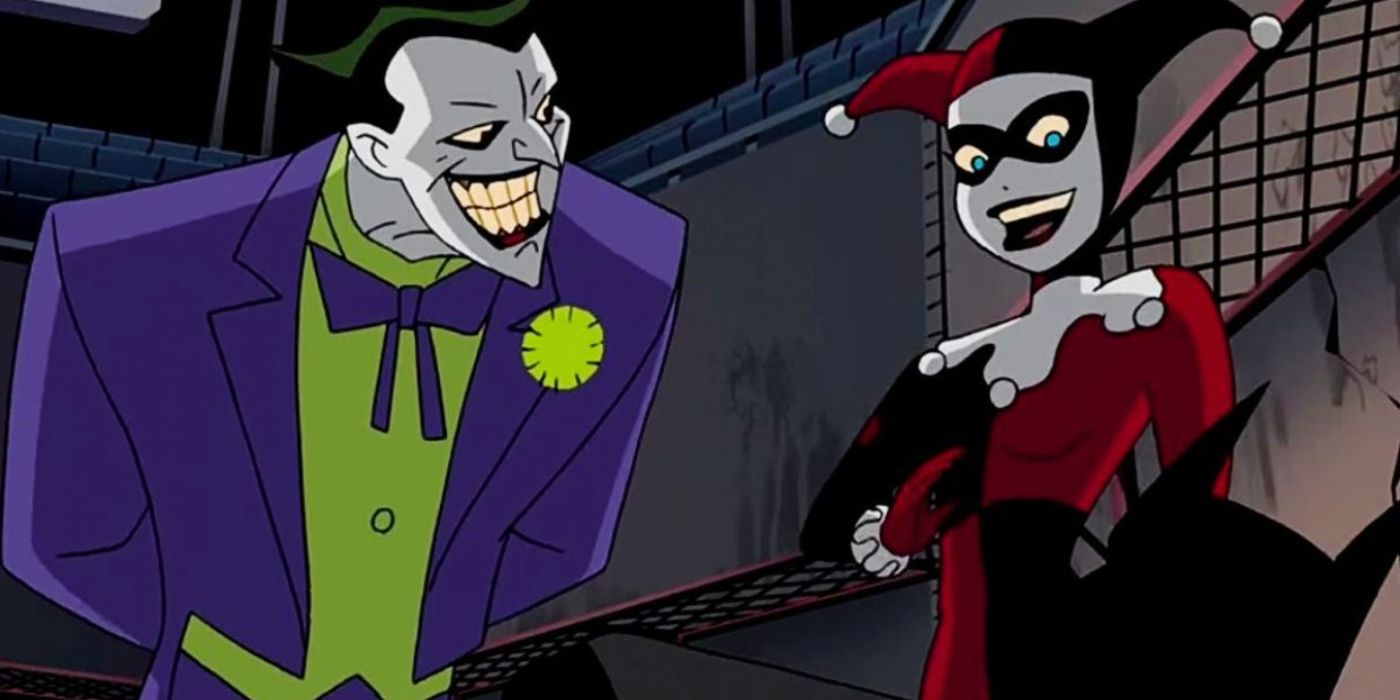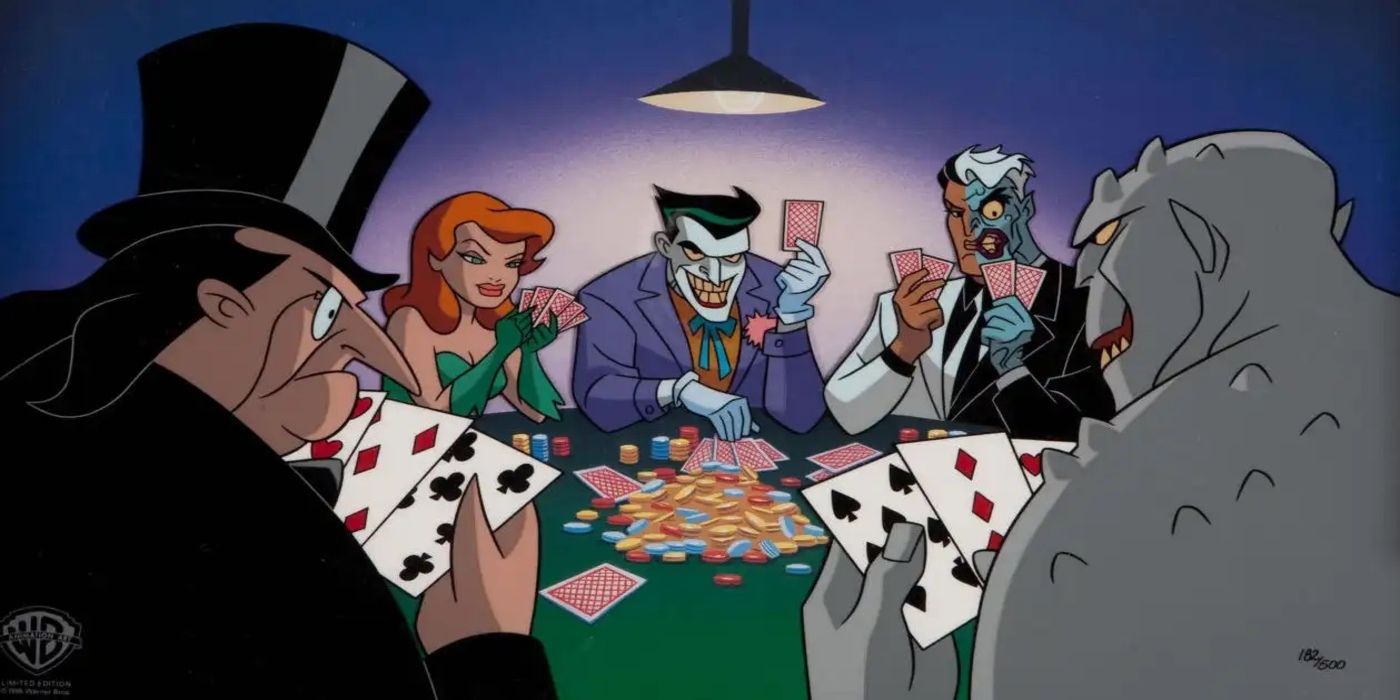Batman: Caped Crusader is an animated series coming soon to HBO Max from the creative minds of J.J. Abrams, The Batman director Matt Reeves and original Batman: The Animated Series creator Bruce Timm. The series is a direct continuation of the seminal 1990's series which will clearly evoke comparisons, but there are a few aspects they should firmly keep from their predecessors.
Batman: The Animated Series is one of the most beloved works of superhero media, still consistently referenced today as a baseline of quality for Batman stories. A successor, especially one bold enough to proclaim itself a direct continuation of the 1992 series needs to keep elements of the series' unique tone, timeless art, and approach to characters intact.
Batman: The Animated Series ran from 1992 to 1995, but despite the decades since the show's release, the show is still the definitive depiction of the Dark Knight for many fans. The series was created by Bruce Timm and Paul Dini, the first in a larger collection of DC Comics animated series. It starred Kevin Conroy as Batman, Loren Lester as Robin, and the unforgettable Mark Hamill as the Joker. The show introduced characters that have gone on to be integral to the Batman universe, including detective Renee Montoya and iconic villain Harley Quinn. The fact that the upcoming continuation will be managed by Bruce Timm provides a strong basis of hope for its quality, but the aspects that made the show immortal should be integral to the follow-up.
Perhaps the most highly praised element of the 90's series is its tone. Batman: The Animated Series managed to pull off an impressive balancing act, being a mature and weighty tale while avoiding needless grim-dark slog. The show glides effortlessly between intense action, thrilling horror, charming character interactions, and the most genuinely humorous take on the Batman universe in decades. The show has a sense of humor which brings a beautiful liveliness to the dark skylines and intense action. The intended audience does seem to be children, it's an animated superhero show after all, but it approaches its subject matter with a level of respect and maturity that is laudable. Perhaps more than any modern iteration, Batman: The Animated Series has a heart of gold.
While films and comics of the current age often paint Bruce Wayne as a tortured vigilante violently punishing criminals for his suffering, the Batman of the animated series is compassionate to a fault. Some of the greatest moments of the series, perhaps of the character in general, come when Batman stops fighting and talks to his rogues gallery. The villains manage to be threatening, while also being fun and sympathetic, and that humanizes them. Batman interacts with Baby Doll, Mr. Freeze, and even Harley Quinn to talk them down from their evil actions because he understands their motivations and wants to save them. This Batman is perfect in this way, a grim but empathetic hero seeking to help everyone. This series needs a tone wherein the heroes can show empathy, even to their foes.
Another crucial aspect of the series which should remain intact is the timeless art style. The rich shadows and haunting rooftops that Batman regularly resides in are juxtaposed against the warm interiors and chaotic corners of Gotham City. Character designs are classic, yet clearly distinct enough to be iconic. The show is known for modernizing the franchise, but the setting in terms of time is left deliberately ambiguous. Despite being released decades ago, the strong character designs, flowing animation, and use of striking silhouettes still hold up even today. The upcoming continuation of the franchise could update the classic style but should take effort to remain as iconic and timeless as the original.
Comics as long-running as Batman tend to develop enormous secondary casts, from allies to enemies, civilians to supervillains. Batman: The Animated Series took an approach to its cast which was clearly inspired by the comics, but stood out as a clever choice. The cast started fairly small, Bruce Wayne, Alfred, Commissioner Gordon, a few regular antagonists, and sundry civilians, but the ranks grew over time. Members of Batman's rogues gallery routinely had introduction episodes that established their abilities and the threat they posed, then depicted their battle with the Bat, but many of them returned after their defeat. Over time, Batman developed a full cast of enemies, while also recruiting new allies. A large cast of reoccurring characters became a hallmark of the series, the upcoming series could grow its network of Gotham denizens even beyond the dozens in the original series.
Batman: The Animated Series has held onto the public consciousness due to its mature tone, its timeless art style and its large cast of beloved series regulars. The team behind Batman: Caped Crusader has yet to reveal many details about production or intention, but if they want to capture the spirit of one of the greatest superhero stories of all time these elements are at the heart of this classic series.



